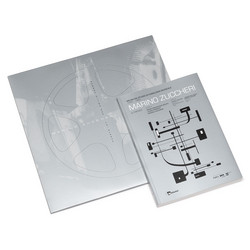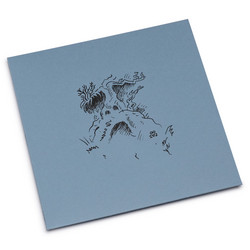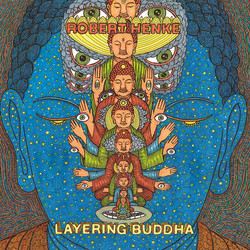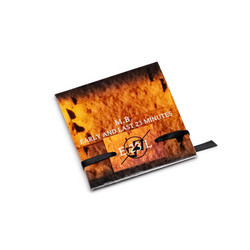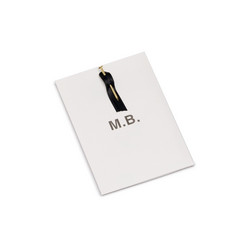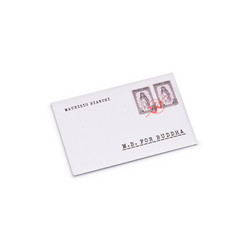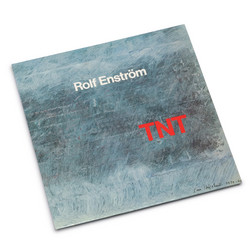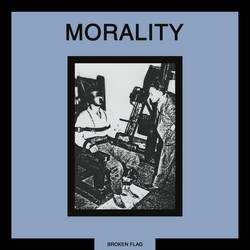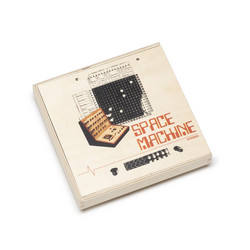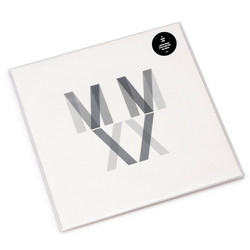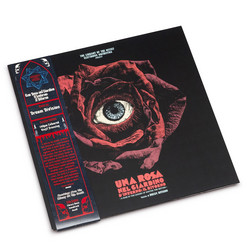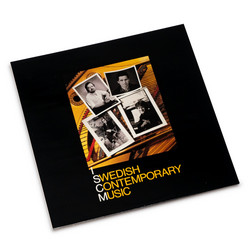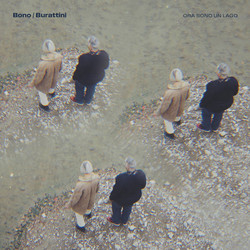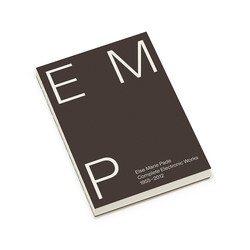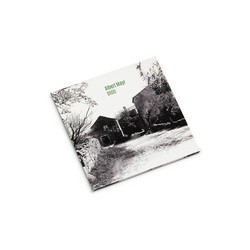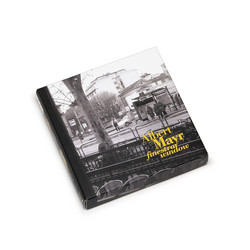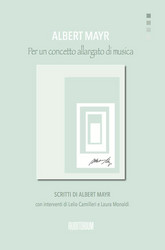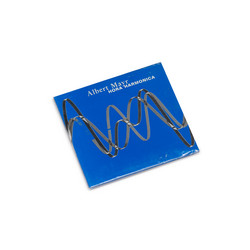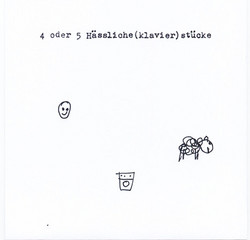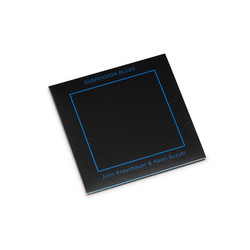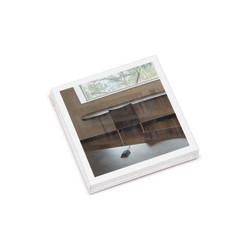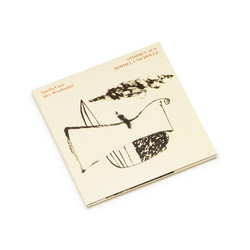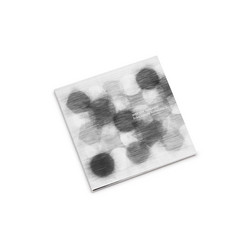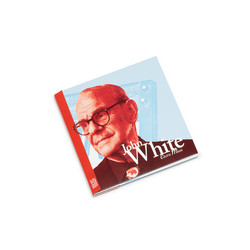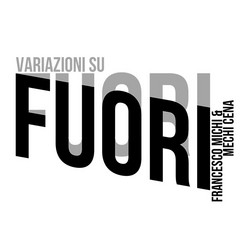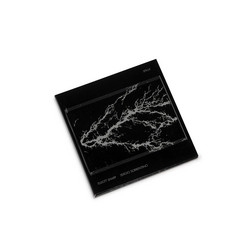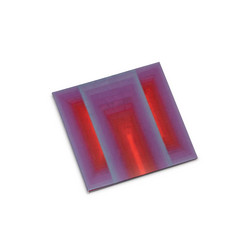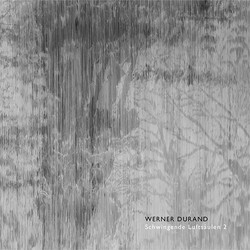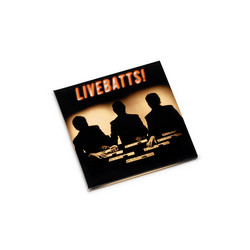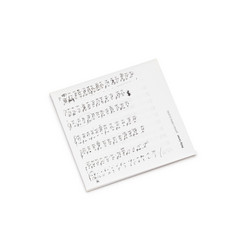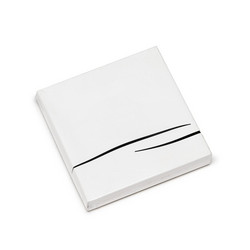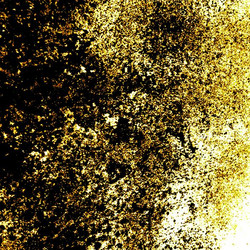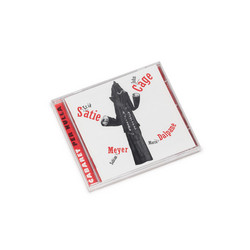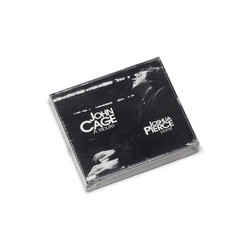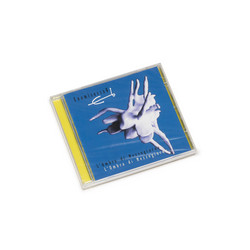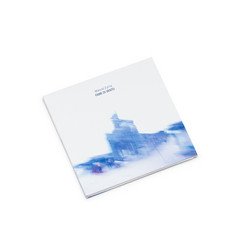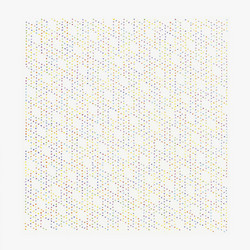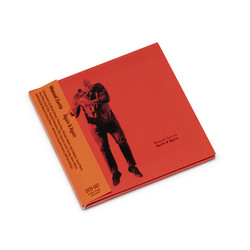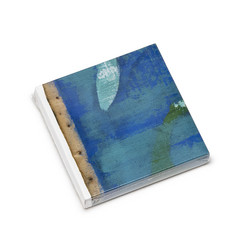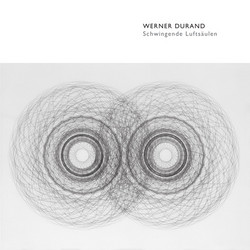Seven electronic compositions from the end of the 60s by the soundscape pioneer Albert Mayr (b. 1943), incredible experimentations from near 40 years ago sounding so “contemporary”, today more than ever.
“In the fifties and sixties of the past century electro-acoustic music was a very élitist affair; professional equipment was expensive, not easy to find and could be afforded - in sufficient quantity to build a full-scale studio - only by institutions such as universities or broadcasting corporations. Access to those hieratic places was rather difficult if you did not belong to one of the contemporary music 'Churches' that were influential at the time.
This led several composers to put up a small private studio. This was the case for the studio S 2F M, created in Florence by Pietro Grossi.
Albert Mayr’s Proposte Sonore, realized between 1966 and 1969 - partly with the Battimenti materials created earlier by Pietro Grossi in the Florentine studio -, are certainly a beautiful example of this line of work. Proposals of new elements to be integrated in the puzzle; Proposte (proposals), and not Studies or Exercises and not even Compositions, presented with the doubts of a listener who is eager to find out what will happen, and not with the presumption and the certainties of those who want rather to find than to seek. A listener who tries to understand and mainly to perceive how ‘the sounds coming from the machine stay together’. It is, on the one hand, this pioneer aspect, and, on the other, the freshness of the results that create the interest and pleasure one proves when listening to these pieces.” Giuseppe Furghieri
"There is fantastic music being produced nowadays, with delicacy and refinement, making connoisseurs like myself week in our knees – like the works of Yannis Kyriakides (The Thing Like Us), Hanna Hartman (Die Schrauben, die die Welt zusammenhalten) or Karlheinz Stockhausen (Engel-Prozessionen) – but the primordial freshness of fundamental sound research can only happen at the outset. Many were there, like Gottfried Michael Koenig, Henri Pousseur, Stockhausen, Herbert Eimert, Bruno Maderna, Rune Lindblad, Bengt Hambraeus, Pauline Oliveros, Ramon Sender, Folke Rabe and numerous others – and I now also recognize that Albert Mayr was there too" Sonoloco
"Sound is a wave and a wave has a time period. A note consists of a fundamental (which determines its pitch) and a series of harmonics (or overtones) with frequencies that are integer multiples of the fundamental. If you record a note and slow it down a lot, it will eventually appear as a series of discreet pulses. "Hora Harmonica," realized in 1983, is not a piece of music, but conceptual art inspired by the physics of sound. Albert Mayr proposes a harmonic clock, a model of non-linear time. Imagine a note that has a fundamental with a period of exactly 60 minutes. Its first overtone would "ring" at 30 and 60 minutes; its second at 20, 40, and 60; its third at 15, 30, 45, and 60; and on and on. Mayr created such a "virtual" note (i.e., this is not a note slowed down, but digitally re-created for practical audibility purposes), placing in the period of one hour its harmonics up to the 12th. The full "sound" sounds at the very beginning of the track. Then the listener waits for five minutes before something else (the 12th harmonic) is heard again. The 11th appears alone at five minutes and 27 seconds, the tenth at six minutes, the ninth at six minutes and 40 seconds — a chart details the action (or lack of) in the booklet. Besides suggesting a different way to keep track of time, in which one would eventually recognize five-, six-, ten-, and 12-minute periods by the sound of their respective harmonic, Mayr's piece doesn't fertilize much ground for philosophical thought. But his realization of the concept is exemplary and the 16-page booklet is generous in historical and conceptual background." (Francois Couture - All Music Guide)


